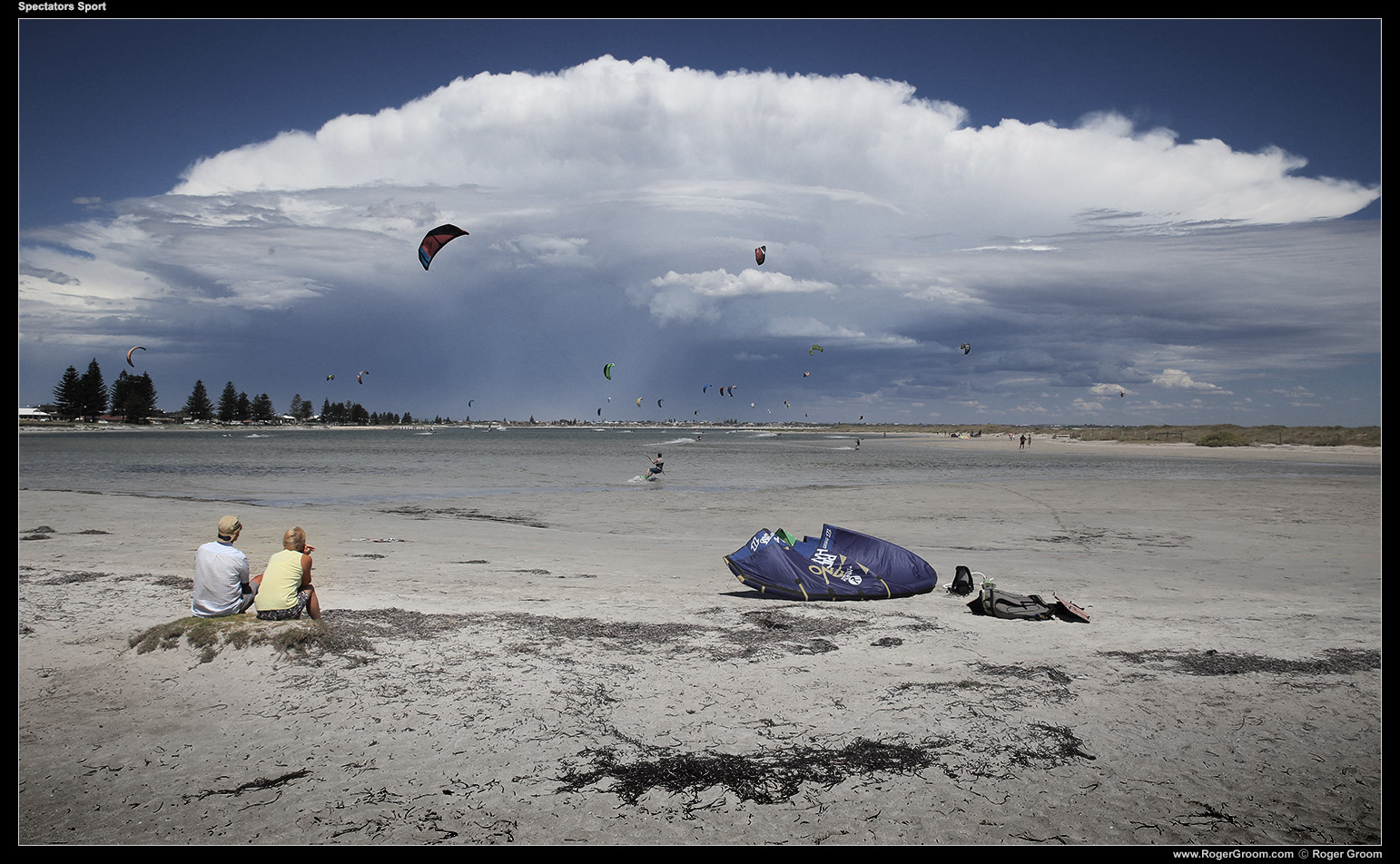
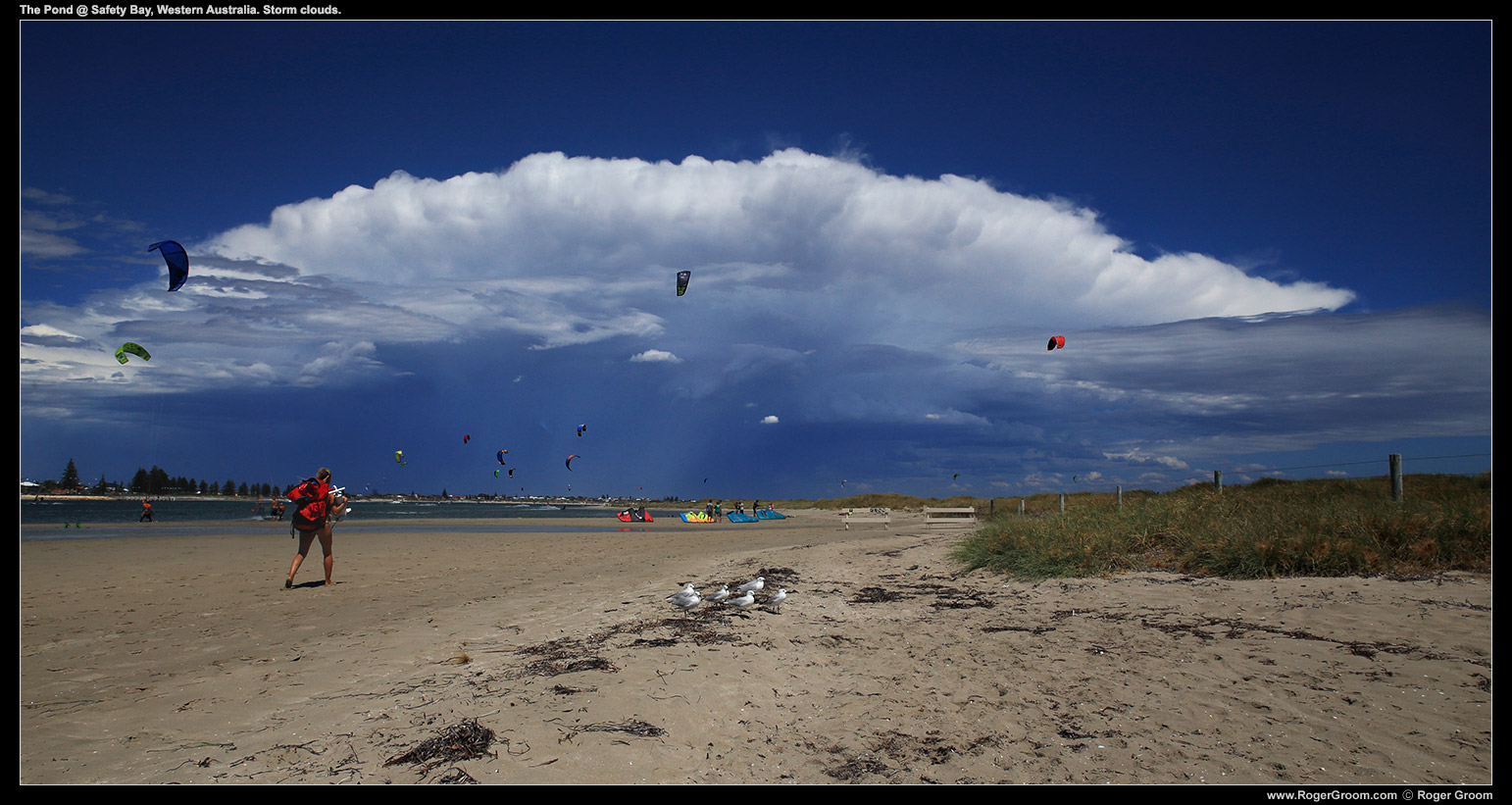
Astronomy, Astro Photography and Landscape Photography
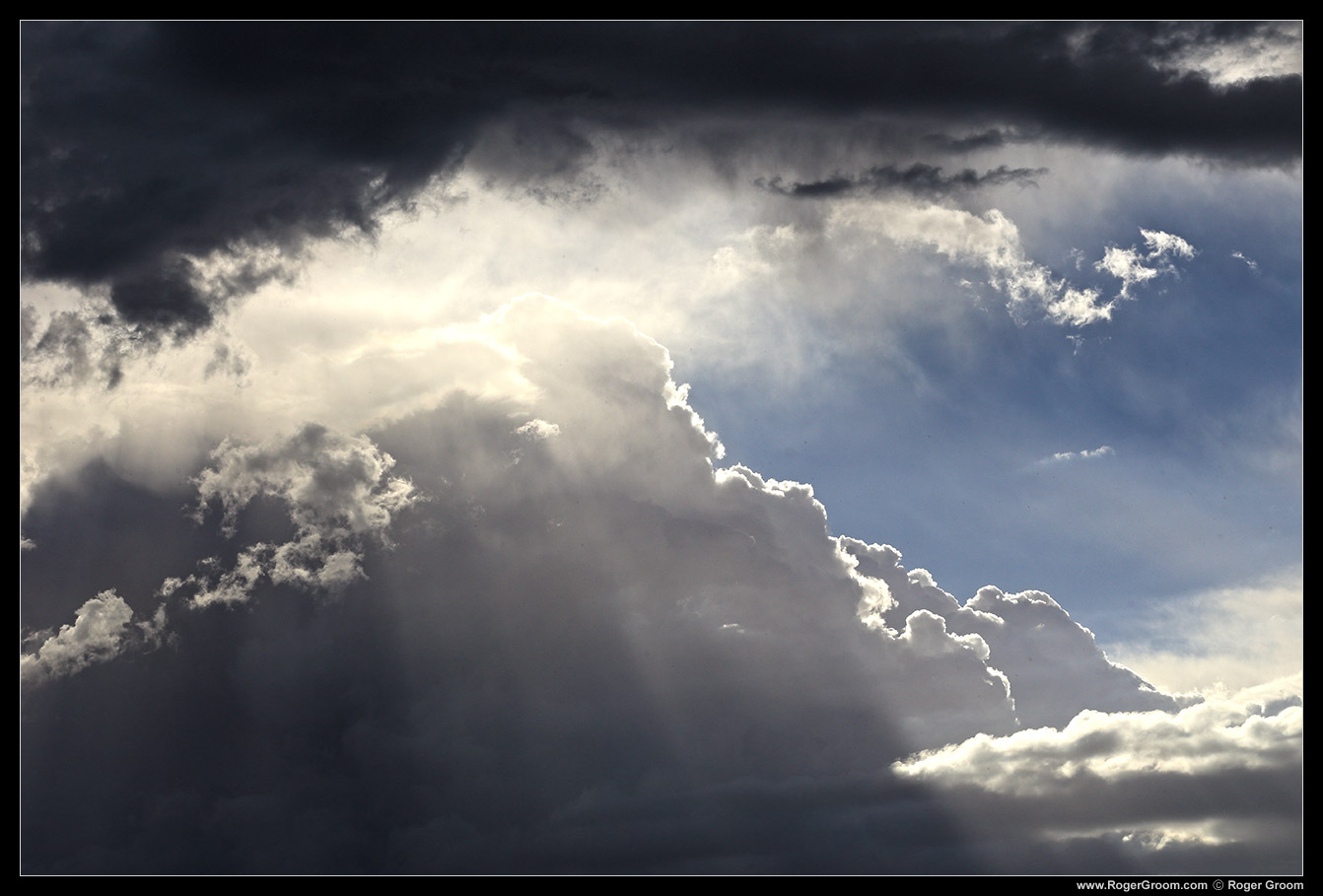
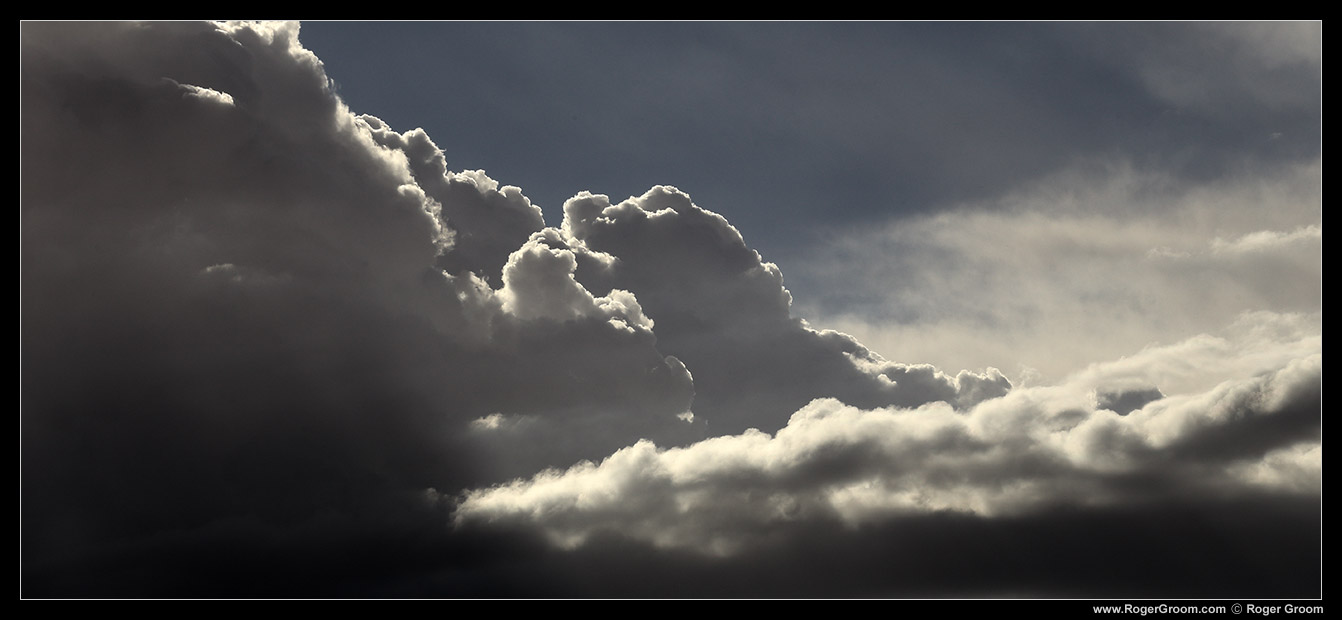

This morning (2nd January 2016) there was a series of small storm cells that passed over the Perth Hills. The low angle of the ealry morning sun made for some nice photographs.
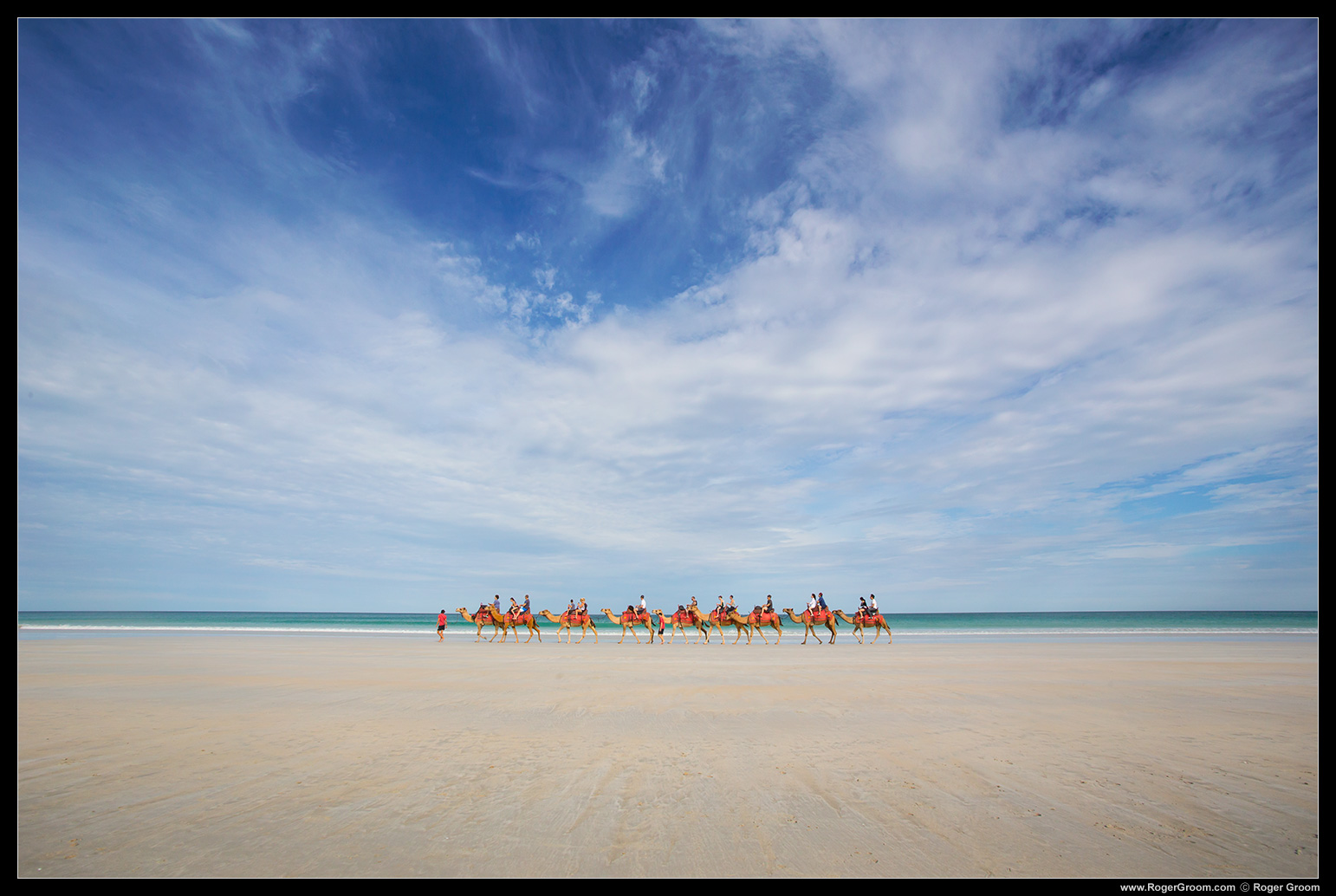
New images from Cable Beach at Broome have been uploaded to my Norht-west photography gallery.
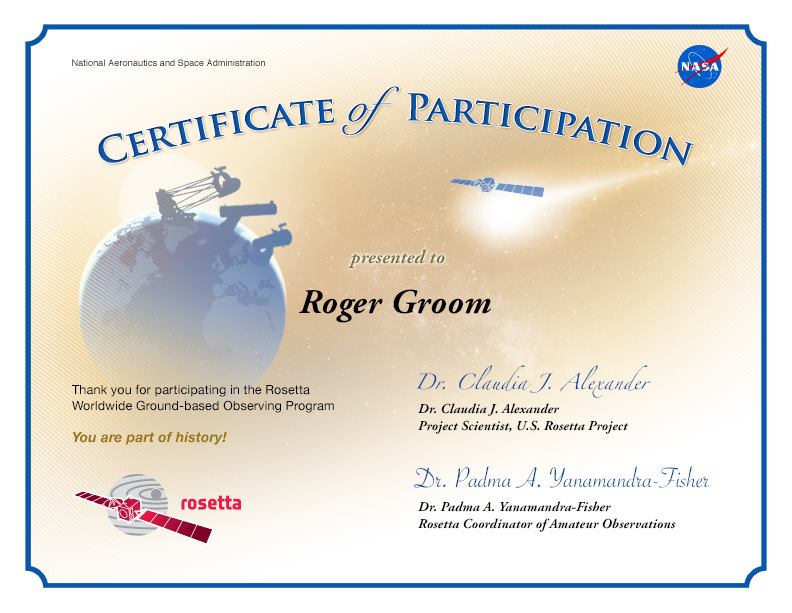
This is a nice gesture. In 2014 I recorded observations of the comet that the spacecraft Rosetta (with Philae lander) was approaching over many nights, providing these to Padma who collated such data from amateur astronomers. It’s nice to have something in appreciation of the efforts.
Minor Planet 8474 Rettig from Roger Groom on Vimeo.
Video sequence of the minor planet 8474 Rettig moving across the night sky.

I often participate in astronomical research by way of providing observations to other amateurs and to professionals. The promise is always there of credit for the observations but rarely has it actually eventuate in to anything published with my name on it. Here’s one from recently I’m happy to be involved in and credited for my participation (which was a small but useful contribution):
Electronic Telegram No. 4122
Central Bureau for Astronomical Telegrams
INTERNATIONAL ASTRONOMICAL UNION
CBAT Director: Daniel W. E. Green; Hoffman Lab 209; Harvard University;
20 Oxford St.; Cambridge, MA 02138; U.S.A.
e-mail: cbatiau@eps.harvard.edu (alternate cbat@iau.org)
URL http://www.cbat.eps.harvard.edu/index.html
Prepared using the Tamkin Foundation Computer Network
(8474) RETTIG
V. Chiorny, Kharkiv Observatory; V. Benishek, Belgrade Astronomical
Observatory, Serbia; P. Pravec and P. Kusnirak, Ondrejov Observatory;
Yu. N. Krugly, Kharkiv Observatory; J. Oey and R. Groom, Blue Mountains
Observatory, Leura, NSW, Australia; V. Reddy, Planetary Science Institute;
D. Pray, Sugarloaf Mountain Observatory, South Deerfield, MA, U.S.A.;
W. Cooney and J. Gross, Sonoita Research Observatory, Sonoita, AZ, U.S.A.;
D. Terrell, Southwest Research Institute; R. Inasaridze, V. Ayvazian and
V. Zhuzhanidze, Abastumani Observatory; R. Montaigut and A. Leroy, OPERA
Observatory, France; and I. Molotov, Keldysh Institute of Applied
Mathematics, Moscow, report that photometric observations obtained during
May 19-July 23 reveal that minor planet (8474) is a binary system with an
orbital period of 30.54 +/- 0.01 hr. Mutual eclipse/occultation events
that are 0.60- to 0.93-magnitude deep indicate a lower limit on the
secondary-to-primary mean-diameter ratio of 0.86. Rotations of the
components appear to be synchronous with the orbital motion and an
amplitude of the combined primary plus secondary rotational lightcurve is
0.34 mag at solar phases 7-15 deg.
NOTE: These ‘Central Bureau Electronic Telegrams’ are sometimes
superseded by text appearing later in the printed IAU Circulars.
(C) Copyright 2015 CBAT
2015 July 26 (CBET 4122) Daniel W. E. Green
Lake Ballard is a salt lake in the Goldfields region of Western Australia. The salt lake is home to an art installation by Antony Gormley know as Inside Australia. This combination of remote salt lake, sculptures and interesting landforms makes Lake Ballard a popular destination for photographers, amateur astronomers, astrophotographers and those simply interested in camping.
Camping facilities at the site are basic but present – long drop toilet, water tank and parking areas where tents and caravans can be set up.
I have been to Lake Ballard on two occasions and both have shown very different sides to what Lake Ballard can be. On the first the salt lake was quite dry and crusty, with a thick white crust which was quite easy to walk on. The second visit over two years later was much wetter, with no solid salt crust and only mud which was very problematic to walk in. You never know quite what you will find when you arrive and exactly what condition the lake and surrounding area will be in.
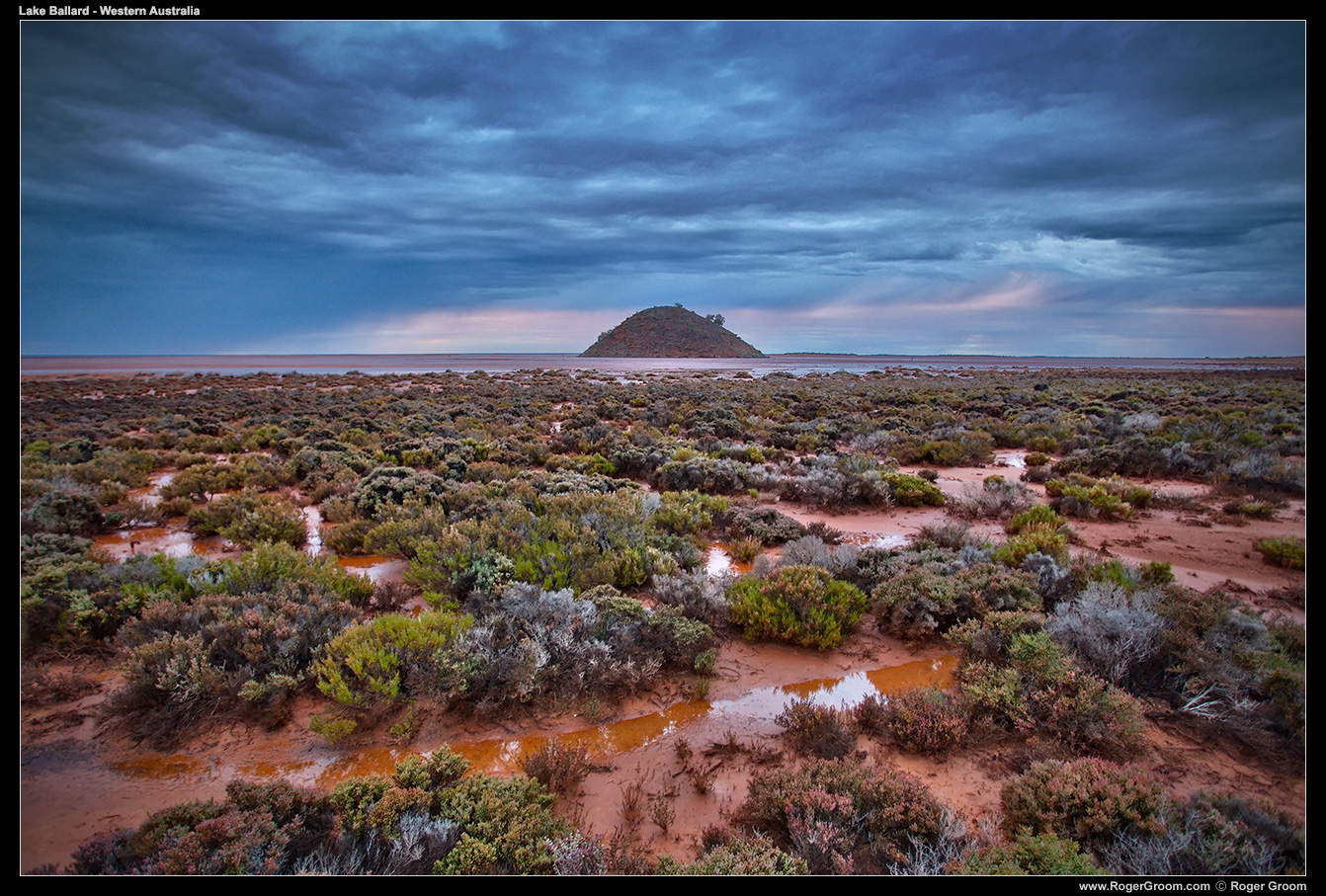
Love these tufty little plants around the edge of salt lakes like Lake Ballard in Western Australia. At different times of year their colours can be so varied and vibrant.
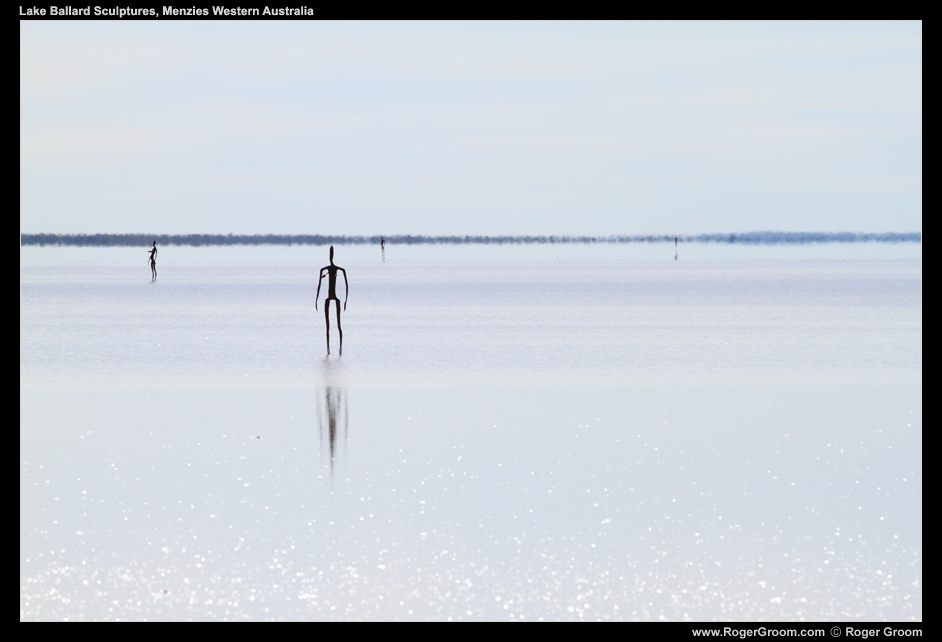
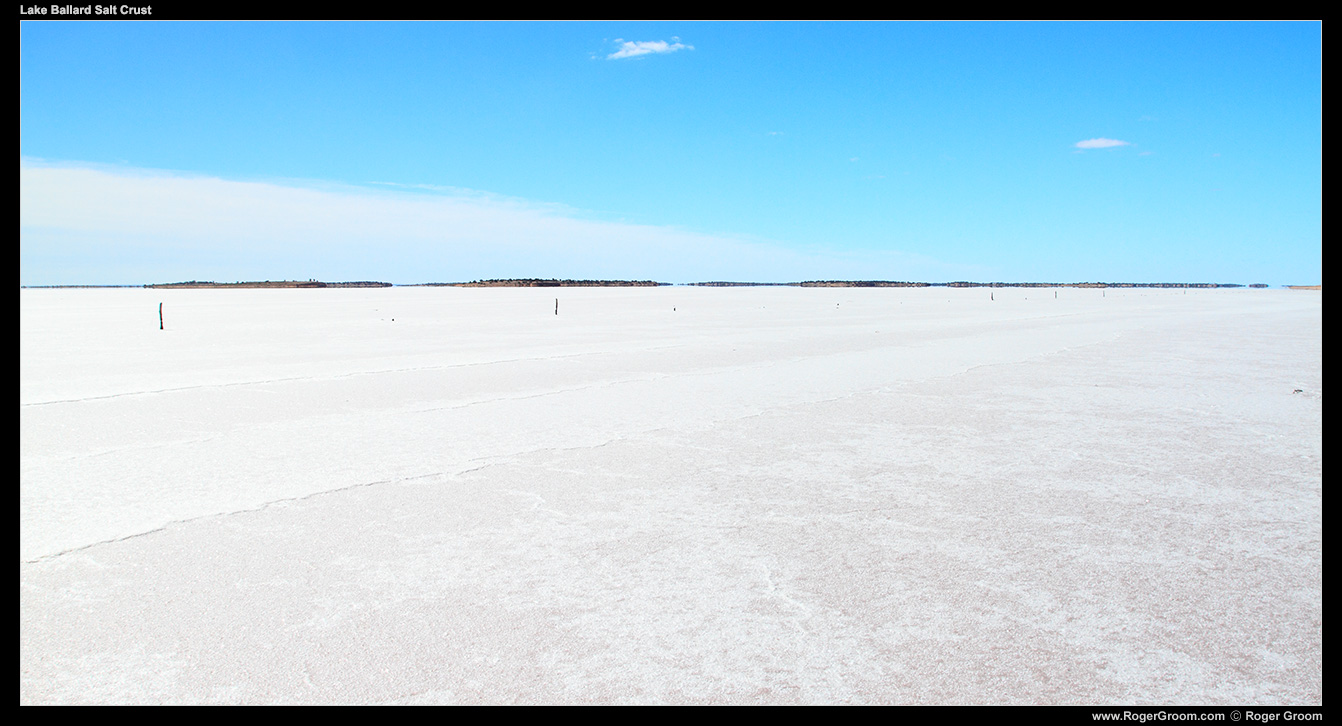
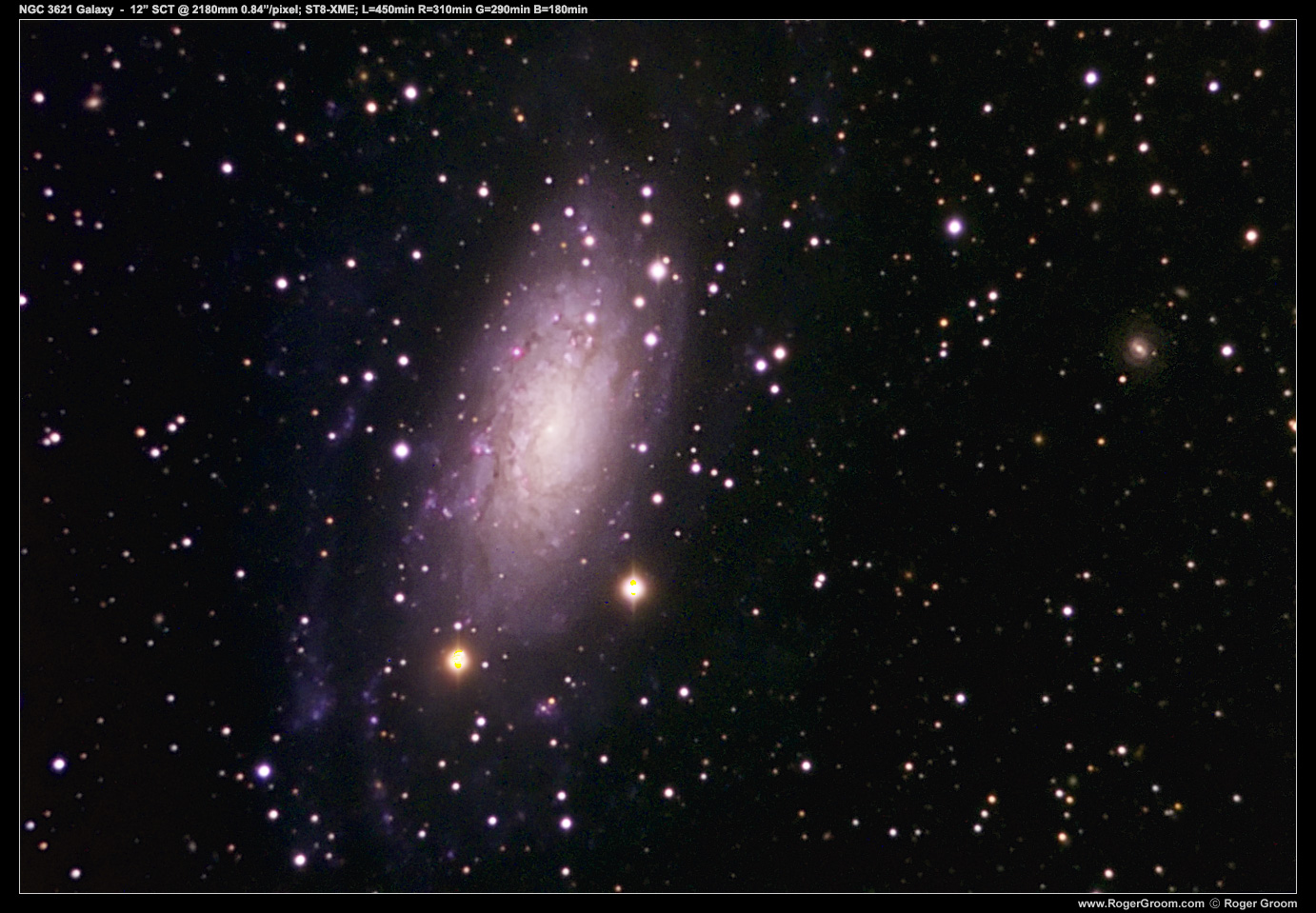
See this image of the galaxy NGC 3621 on AstroBin with plate-solved objects.